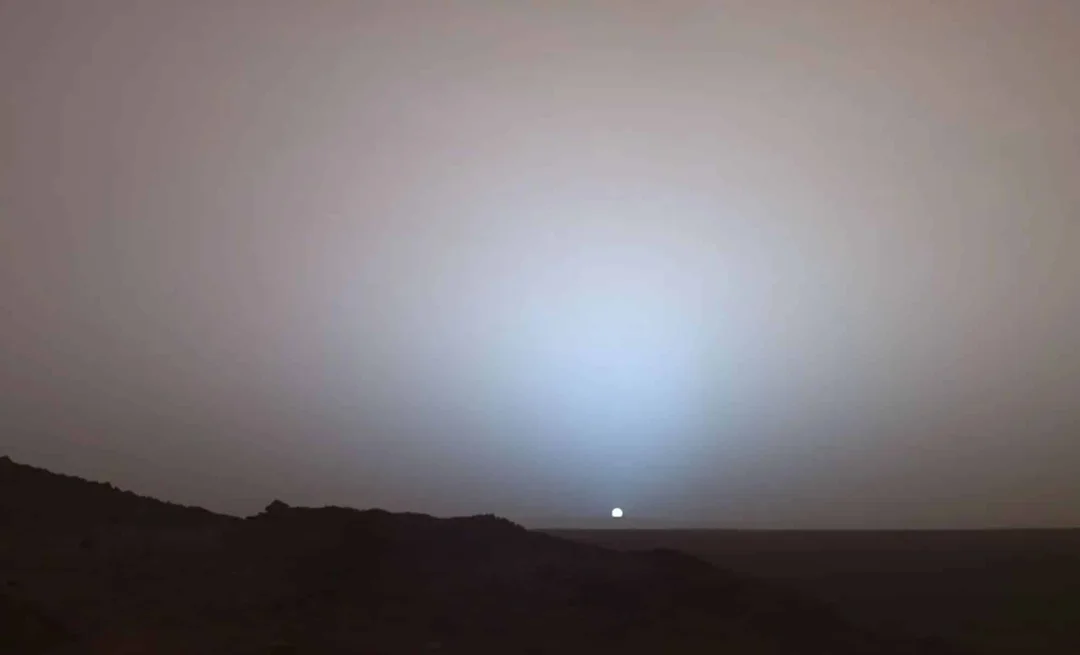
Unveiling Mars’ Hauntingly Beautiful Sunsets: A Look Back at NASA’s Spirit Rover’s Iconic Images
Forget the golden hues of Earth's sunsets. On Mars, the sky blazes with a unique bluish glow as the sun dips below the horizon. NASA's Spirit rover, a trailblazer in Martian exploration, captured a series of breathtaking images back in 2005 that continue to captivate scientists and space enthusiasts alike. These images offer a glimpse into a world where even the most familiar phenomenon—a sunset—takes on an otherworldly beauty.
The iconic image, taken on May 19, 2005 (Spirit's 489th Martian day, or sol), showcases the sun setting beyond the rim of Gusev Crater. This panoramic view wasn't just a pretty picture; it was a valuable scientific observation, revealing insights into the Martian atmosphere and dust composition.

So, why is a Martian sunset so different? Several factors contribute to this unique spectacle. First, the dust in the Martian atmosphere. Unlike Earth, where blue light is scattered, Martian dust particles allow blue light to penetrate more efficiently. This creates a mesmerizing bluish halo around the sun as it sets.
"Dust in the Martian atmosphere has fine particles that permit blue light to penetrate the atmosphere more efficiently than longer-wavelength colors. That causes the blue colors in the mixed light coming from the sun to stay closer to sun's part of the sky, compared to the wider scattering of yellow and red colors," NASA explains.
Furthermore, twilight on Mars is remarkably long, lasting up to two hours after sunset. This extended twilight is due to sunlight scattering off high-altitude dust, illuminating the Martian night side. This allows scientists to study how high these dust particles extend into the atmosphere.
Because Mars is farther from the Sun than Earth, the sun appears about two-thirds the size it does from our planet. This adds to the sense of distance and mystery, making Martian sunsets even more awe-inspiring.

The Spirit rover's observations weren't limited to aesthetics. By analyzing the color and brightness of the twilight glow, researchers gained valuable data about the properties of the Martian atmosphere, including the size and distribution of dust grains. This information is crucial for understanding atmospheric dynamics and planning future missions to the Red Planet.
The Gusev Crater formed billions of years ago is a place that the Spirit Rover once called home as it explored its surrounding which stretched out to be about 80 kilometers. It's amazing to think about a robot documenting this place as if it were its home.
These iconic images serve as a powerful reminder of the beauty and scientific wonders that await us beyond our home planet. They fuel our curiosity and inspire us to continue exploring the cosmos, one sunset at a time. What other hidden wonders still lie undiscovered on Mars? What will future missions reveal about this enigmatic world?
Share your thoughts and theories about Martian sunsets in the comments below!